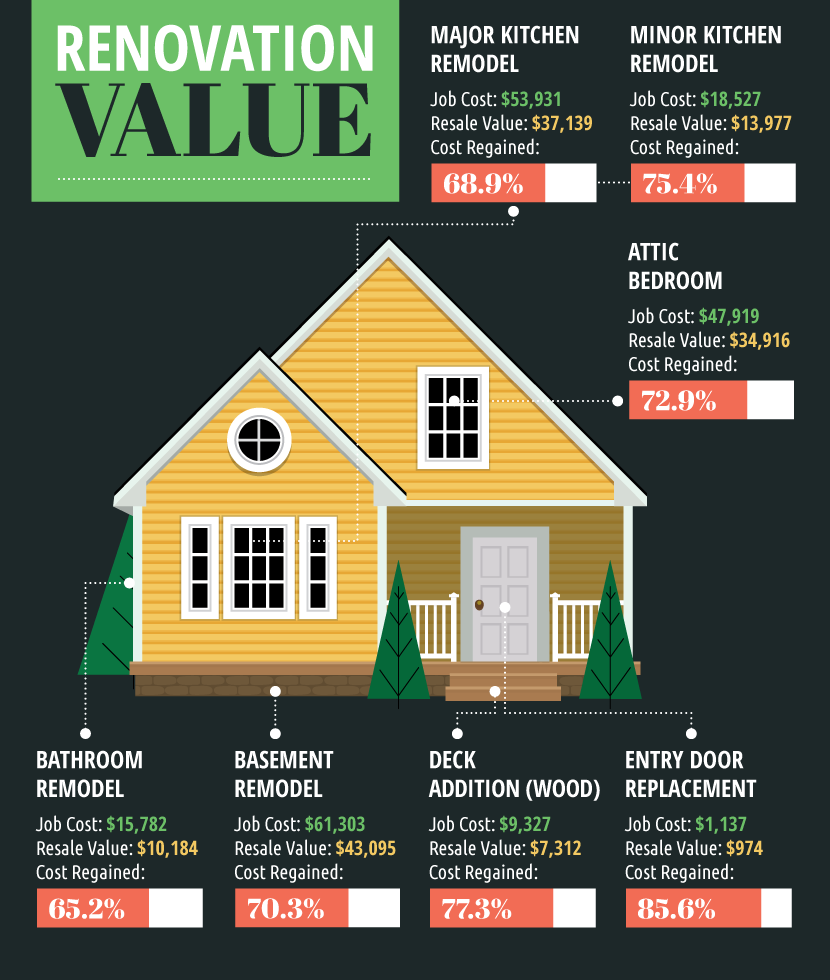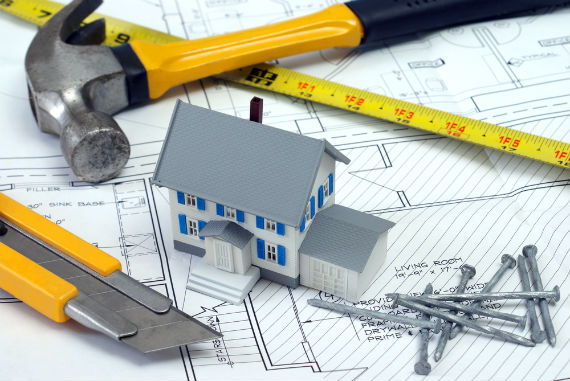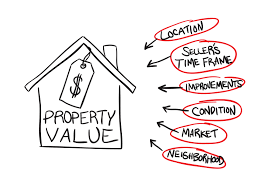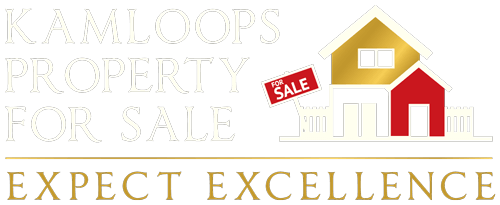Cost Does Not Equal Value with Home Improvements
Posted by Steve Harmer on Friday, August 12th, 2016 at 11:54am.
 Never forget the simple rule that cost does not equal value with home improvements.
Never forget the simple rule that cost does not equal value with home improvements.
In fact, this may be the single most difficult point for both home sellers and home buyers to understand. It resonates not only with real estate but with everything from a bottle of wine to cars to clothes. Everyone has a different definition of “value” and what they are willing to pay for it.
Home sellers often have a biased view of what they’re home might bring if offered for sale. When these opinions are expressed, “upgrades” are almost always referenced. “I upgraded the carpet, the fixtures, the HVAC, the faucets….” is a consistent refrain. But how much of that “upgraded” item is recovered? Paying an extra $10,000 for “upgraded” roof shingles or $5,000 for a high end faucet does not increase the value of a home by $15,000. That $100,000 pool does not add $100,000 to the price of a home any more than that $3,000 Star Wars mural in your child’s bedroom does. Do thing like that enhance appeal? Usually. They can be a difference maker but don’t expect a dollar for dollar return because it doesn’t always happen.
As with most things a local professional realtor can help you price your home correctly if you are looking to sell, help with advice on what to spend if you are going to renovate and what you can expect to get back. Conversely when buying a home your Realtor can advise you on the market value of the home you are looking at and see past the "upgraded" items and see the true value to the home.
Standard vs Upgraded
Everything in real estate is embellished and, if taken literally, homes described by a typical agent would be palatial. Is there a difference between brick and vinyl? Between laminate floors and hardwood? Between granite and Formica? Of course. But functionally, they are the same. While different in quality they do the same job. Does a $5,000 chandelier cast different light than a $200 one? It’s critical to understand what is typical in an area and to ascertain if spending an extra $10,000 on granite is really prudent.
 Building a home is a perfect example. No one builds a base home. Signs for “homes starting at $500,000” are nonsense. Those homes end up in the $600,000 range because of upgrades. These homes will certainly have more appeal when it’s time to sell, but is the next buyer expected to pay the same for owner added upgrades? Of course not. But how many buyers say “those upgrades cost me $100,000”! Four sides brick is certainly more appealing and will garner a higher price but expecting a full dollar for dollar return isn’t logical.
Building a home is a perfect example. No one builds a base home. Signs for “homes starting at $500,000” are nonsense. Those homes end up in the $600,000 range because of upgrades. These homes will certainly have more appeal when it’s time to sell, but is the next buyer expected to pay the same for owner added upgrades? Of course not. But how many buyers say “those upgrades cost me $100,000”! Four sides brick is certainly more appealing and will garner a higher price but expecting a full dollar for dollar return isn’t logical.
Don’t forget labor either. When an owner or buyer spends money on upgrades, labor is a large but often forgotten part of the equation. Builders might charge $150 for an extra can light but $125 is a combination of labor and a taste for the builder. Builders charge insane prices for changing a paint color, but what does that add to the value of a home? While the owner/buyer values it and is willing to pay more, the market typically doesn’t reflect that same dollar for dollar initial cost.
Sale Price vs Appraised Value
A home is worth what a buyer is willing to pay at that certain point in time. An appraisal is an estimate of market value based upon available data at that certain point in time. The two can be quite different for a number of reasons including underwriting requirements and subjectivity. The challenge comes from defending adjustments made  to the comparables. While the idea of “paired sales analysis” works in the class room, what’s the likelihood of having several largely identical homes with only one difference? Seller Joe paid an extra $10,000 for “Level 3” granite counters while Seller Ed paid $12,000 extra for architectural roof shingles. How likely is it that the contributory value from these particular items can be isolated?
to the comparables. While the idea of “paired sales analysis” works in the class room, what’s the likelihood of having several largely identical homes with only one difference? Seller Joe paid an extra $10,000 for “Level 3” granite counters while Seller Ed paid $12,000 extra for architectural roof shingles. How likely is it that the contributory value from these particular items can be isolated?
While they can’t have a contributory value assigned, they do add to the overall appeal and consequently “value” of the home. But again, cost does not equal value. Buyers often comment about “quality” or “the feel” of a home as being a reason to buy. That is often reflected in the purchase price and if buyers are the best indicator of current market value, then sellers are seeing a benefit. Probably not a dollar for dollar one but a combination of increased appeal, shorter marketing time and higher price. Appraisers know quality and while it’s all but impossible to identify the contributory value of each item, they will select comps with similar quality features.
Value is Subjective and Timing Matters
That $100,000 pool may be paradise or a maintenance and safety nightmare. That golf course lot might provide sweeping views or be a basin for errant balls and 5:00 AM  leaf blowers. Those elaborate window treatments, textured walls and custom colors might feel like Venice or be a $20,000 neutralization expense. Value is subjective and one man’s steak is another man’s bologna. A finished basement might be kid-friendly and designed to take a beating or it might be “adult” with a custom bar, media room and pool table. While it might be gorgeous, does it really appeal to a family with little kids? The term “value in use” is appropriate. How well does the home fit the current need of the buyer or owner?
leaf blowers. Those elaborate window treatments, textured walls and custom colors might feel like Venice or be a $20,000 neutralization expense. Value is subjective and one man’s steak is another man’s bologna. A finished basement might be kid-friendly and designed to take a beating or it might be “adult” with a custom bar, media room and pool table. While it might be gorgeous, does it really appeal to a family with little kids? The term “value in use” is appropriate. How well does the home fit the current need of the buyer or owner?
Do not expect a dollar for dollar return on any home upgrade. While well maintained homes with quality features will typically sell for more, benefits are usually expressed in better appeal and shorter marketing times. Understand the micro market. Note what potential buyers expect and what they will pay a premium for.
Timing is everything and even market trends have an impact on improvements. New HVAC units and other energy saving features are well received right now as buyers place a premium on saving money. No doubt that lake front homes and those with pools tend to be better received during the summer months, as seeing a feature in use can be a big plus. That cul de sac lot that had a premium looks great to a family of kids if they cruise by and see neighborhood kids riding bikes and tossing basketballs.
Overimproved Homes
Homes can become overimproved for an area. The cost to replace them is not supported by the comparable sales. This is mainly a problem in established communities with defined price ranges which is common around Kamloops even with the growing house prices we have right now. While there are always homes pushing the limit, some exceed it to the point of gaining no support from nearby homes. This can present a problem for appraisers and lenders as strict underwriting guidelines are in place. Truly custom homes, those on acreage, on lakes or mountain properties, or those in areas with a reputation for high valued homes (like Rose Hill, Juniper Heights) tend to be considered differently. An architect designed custom builder home is not the same as a tract home built by a production builder. Context is key. A production home with an $800,000 price tag in a community with a median value of $500,000 is a problem. A custom equestrian home with a $1 million price tag in Cherry Creek can draw comparables from a significantly larger area. Some owners don’t care because “value in use” is most important to them.
Value is in the eye of the beholder. Everyone has their own opinion on what’s valuable to them. That changes with time, circumstances, and the market. Cost does not equal value and the single most important aspect to any home is how well it fits its owner. Just like no two homes are alike, no two owners/buyers are alike and everyone has an opinion. Not everyone shares the same opinion and that’s what keeps things interesting.
© http://hankmillerteam.com/2015/12/cost-does-not-equal-value-home-improvements/

